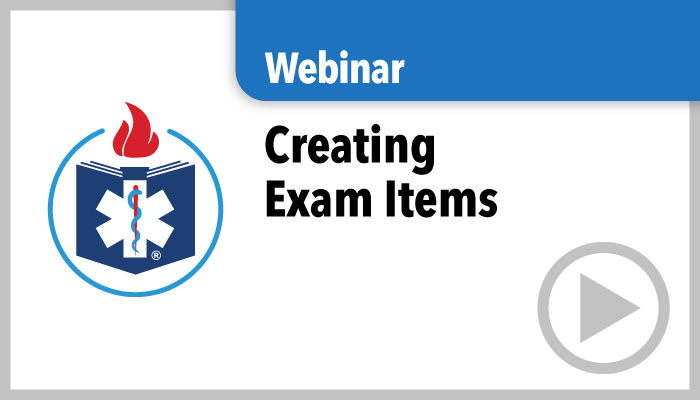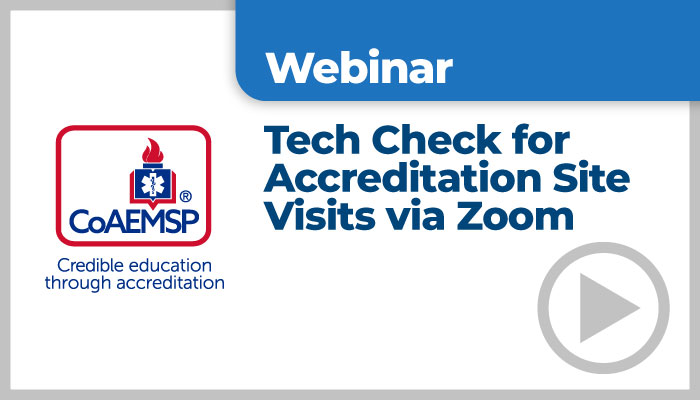Eric Jaeger, JD, NRP
Recorded on Oct. 16, 2024
This presentation explores the challenging issues surrounding death in custody and the safe use of ketamine for chemical restraint. This is one of the most important conversations in EMS today. In the past, deaths in custody were often attributed to “excited delirium,” but this diagnosis has been called into question. Through the lens of Elijah McClain’s death in 2019 and other deaths in custody, we’ll examine the pathophysiology of death in custody and the dangers of prone restraint and positional asphyxia. Several deaths have been reported in connection with the administration of ketamine to patients restrained by police. While recent studies provide evidence that ketamine is safe and effective, we must develop a better understanding of the potential risks associated with ketamine. We must sit down with law enforcement to clarify the roles and responsibilities of EMS providers and law enforcement during these encounters. We must explore the role implicit bias plays in the actions of EMS and law enforcement. We’ll discuss how to protect not only our patients but also our fellow EMS providers and law enforcement colleagues.
Resources
| Document Link | Date | Type |
|---|---|---|
| Management of the Agitated Patient | Oct 2024 |











